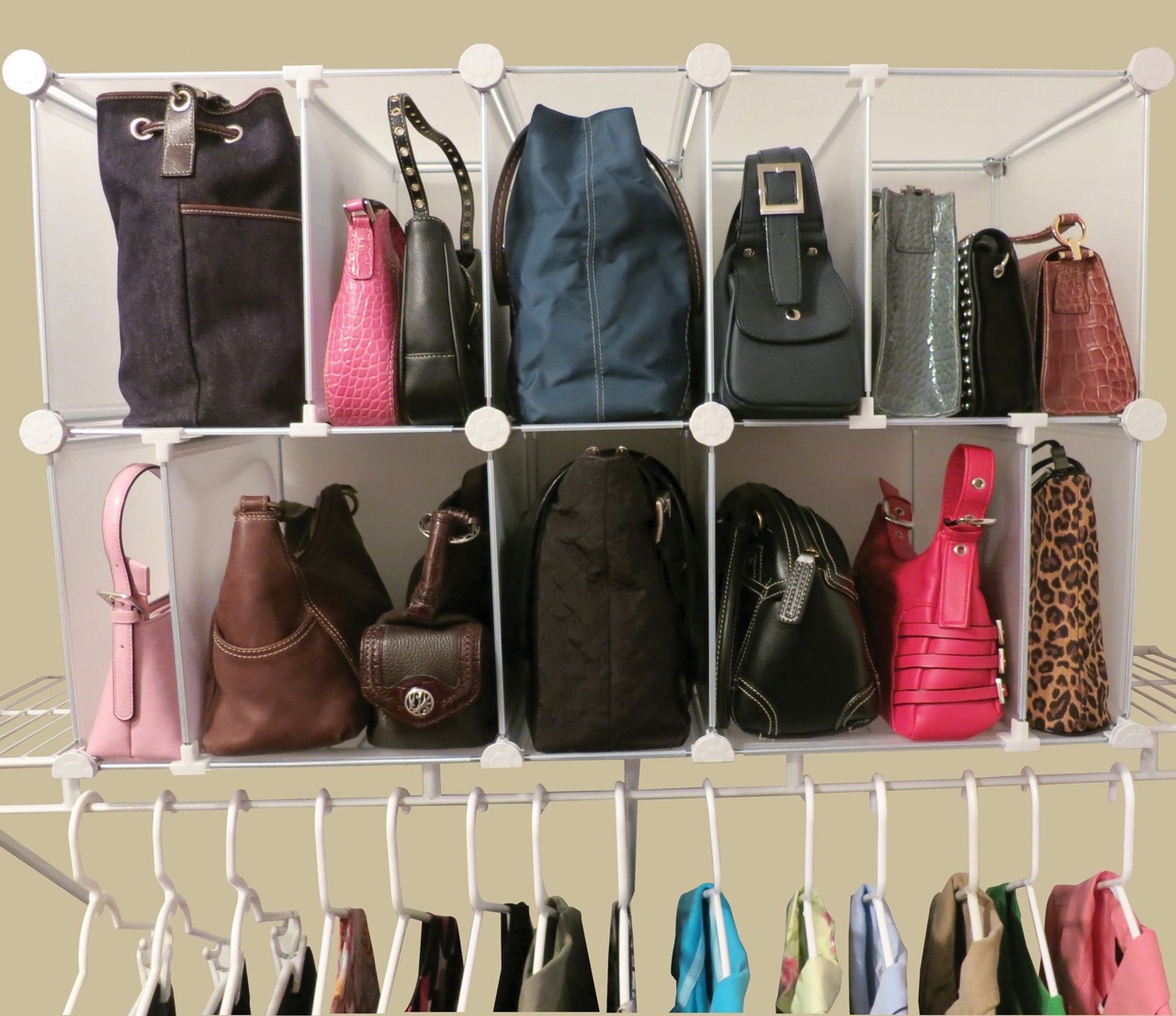

Articles
How To Store Bags And Backpacks
Modified: September 1, 2024
Discover expert tips and tricks for storing bags and backpacks in this informative articles. Maximize space and keep your belongings organized with our helpful storage solutions.
(Many of the links in this article redirect to a specific reviewed product. Your purchase of these products through affiliate links helps to generate commission for Storables.com, at no extra cost. Learn more)
Introduction
Welcome to this comprehensive guide on how to store bags and backpacks! Whether you are an avid traveler, a fashion enthusiast, or simply someone who owns multiple bags and backpacks, proper storage is crucial to maintain their longevity and condition. In this article, we will explore various tips and techniques to ensure your bags and backpacks are stored in the best way possible.
Choosing the right storage space is essential to protect your bags and backpacks from damage. Dust, sunlight, humidity, and pests can all wreak havoc on these precious accessories. Therefore, finding a suitable storage area is the first step towards preserving their quality.
Cleaning and preparing your bags and backpacks for storage is equally important. Over time, dirt, stains, and odors can accumulate, diminishing their appearance and allure. We will discuss proper cleaning techniques and suggest suitable products to ensure your bags and backpacks are fresh and ready for storage.
Properly folding and storing your bags and backpacks can prevent creasing, deformation, and unnecessary wear and tear. Different types of bags require different storage methods, and we will delve into the specifics of each. From foldable totes to structured satchels, we will cover the best techniques to maximize storage space and maintain their shape.
Using organizers and inserts can be a game-changer when it comes to efficient storage. These handy accessories not only keep your bags and backpacks organized but also help distribute the weight evenly, preventing strain and damage to the straps and handles. We will explore the different types of organizers and inserts available and provide tips on how to choose the right ones for your needs.
Lastly, we will share some valuable tips for maintaining your bags and backpacks in storage. From regular inspections to proper ventilation, these practices will help ensure that your bags and backpacks stay in top condition, ready to be used whenever the need arises.
By following the advice in this article, you can rest assured that your bags and backpacks will remain in excellent condition for years to come. So, let’s dive in and discover the secrets of proper bag and backpack storage!
Key Takeaways:
- Proper storage space is crucial for bags and backpacks. Choose a clean, dry area away from sunlight and pests to maintain their condition and longevity.
- Cleaning, folding, and using organizers are key to preserving bags and backpacks. Regular inspections and proper ventilation in storage also ensure their longevity.
Read more: How To Store Backpacking Gear
Choosing the Right Storage Space
When it comes to storing your bags and backpacks, choosing the right storage space is crucial. It’s important to select an area that is clean, dry, and free from environmental factors that can damage your precious accessories. Here are some tips to help you select the perfect storage space:
- Avoid damp areas: Moisture can cause mold and mildew, which can ruin your bags and backpacks. Choose a storage area that is free from dampness, such as a closet or a dry basement.
- Avoid direct sunlight: Prolonged exposure to sunlight can fade and deteriorate the material of your bags and backpacks. Pick a storage space away from windows or use a UV protective cover to shield them from harmful rays.
- Consider temperature control: Extreme temperatures can damage bags and backpacks, especially those made of delicate materials. If possible, choose a storage area that is climate controlled to protect your accessories from heat or cold.
- Keep away from pests: Insects and rodents can wreak havoc on your bags and backpacks, especially if they are made of organic materials. Make sure the storage space is properly sealed and take preventive measures, such as using insect repellents or traps.
- Allocate enough space: Your bags and backpacks need room to breathe and maintain their shape. Avoid cramming them into tight spaces, which can lead to deformation or creasing. Allow enough space for each accessory to be stored without pressure.
- Consider accessibility: Choose a storage area that is easily accessible so you can retrieve and use your bags and backpacks whenever needed. Having them within reach will make it convenient to switch bags or grab a backpack for a spontaneous adventure.
By considering these factors, you can ensure that your bags and backpacks are stored in an ideal environment, promoting their longevity and preserving their condition. Remember, a well-chosen storage space is the foundation of proper storage.
Cleaning and Preparing Bags and Backpacks for Storage
Before storing your bags and backpacks, it’s essential to clean and prepare them properly. Over time, dirt, stains, and odors can accumulate, which can affect the appearance and integrity of your accessories. Here are some steps to follow for cleaning and preparing your bags and backpacks for storage:
- Empty and inspect: Start by emptying all the pockets and compartments of your bags and backpacks. Check for any loose items or debris that might have accumulated. Inspect the interior and exterior for any signs of damage or wear that need to be addressed.
- Follow care instructions: Different materials and finishes require specific cleaning methods. Refer to the care instructions provided by the manufacturer for guidance on how to clean your bags and backpacks. If the instructions are unavailable, research or consult with professionals to determine the best cleaning approach for your specific accessories.
- Spot cleaning: Depending on the material and type of stain, you may be able to remove it with spot cleaning. Use a mild detergent or specialized cleaner that is suitable for the fabric or material of your bags and backpacks. Gently blot the stain with a clean cloth or sponge, being careful not to rub or agitate the fabric excessively.
- Deep cleaning: For more extensive cleaning, you may need to deep clean your bags and backpacks. This can involve hand-washing or using a washing machine, depending on the materials. Be sure to follow the appropriate techniques for each type of accessory to avoid causing any damage.
- Dry thoroughly: After cleaning, it’s crucial to allow your bags and backpacks to dry completely before storing them. Air-drying is typically the best method, as heat from drying machines can shrink or warp certain materials. Hang them in a well-ventilated area, away from direct sunlight, until completely dry.
- Conditioning and protecting: Depending on the material, you may want to apply a protective conditioner or sealant to keep your bags and backpacks in optimal condition. This is especially important for leather accessories, as it helps maintain their suppleness and prevent cracks or drying out. Choose a suitable conditioner recommended for the specific material of your bags and backpacks.
- Store with care: Once your bags and backpacks are clean and dry, take precautions to protect them during storage. Place them in dust bags or pillowcases to shield them from dust and potential scratches. Avoid storing them in plastic bags, as they can trap moisture and lead to mold or mildew growth.
By following these steps, you can ensure that your bags and backpacks are clean, fresh, and well-prepared for storage. Proper cleaning and preparation will not only maintain their appearance but also extend their lifespan, so you can enjoy them for years to come.
Properly Folding and Storing Bags and Backpacks
When it comes to storing bags and backpacks, proper folding and storage techniques can make all the difference in maintaining their shape and condition. Different types of bags require different methods, so let’s explore the best practices for folding and storing various types of accessories:
- Tote bags and duffels: To maximize space, fold tote bags and duffels neatly by collapsing the sides towards the center, folding the bottom up, and then folding it in half or thirds. Store them flat or stack them on top of each other to save space.
- Messenger bags and shoulder bags: For messenger bags and shoulder bags, pack them flat with all straps tucked in and the flap securely closed. If the bag has a detachable strap, remove it to avoid any strain on the bag during storage. Place them on a shelf or in a storage bin, arranging them in a standing position if possible.
- Backpacks: Properly folding backpacks involves minimizing bulges and creases. Start by emptying the backpack and cleaning it as mentioned earlier. Remove any detachable parts, such as the hip belt or sternum strap, if possible. Then, fold the backpack by collapsing the sides towards the center, folding the bottom up, and rolling it tightly from the bottom towards the top. Secure the folded backpack with straps or a rubber band to maintain its compact shape.
- Structured handbags: Structured handbags, such as satchels and clutches, should be stored in an upright position to preserve their shape. Fill them with soft materials, like tissue paper or bubble wrap, to help them maintain their structure and prevent collapsing.
- Soft-sided bags: Soft-sided bags, like hobo bags or slouchy backpacks, should be stored in their natural shape to maintain their relaxed appearance. Avoid overstuffing them or compressing them tightly, as it can lead to permanent creasing or deformation. Place these bags on a shelf or use a dust bag to protect them from dust and potential damage.
- Rolling suitcases: For rolling suitcases, ensure they are clean and dry before folding the handle down and securing it in place. Fold them flat to conserve space and store them in a designated area, such as under a bed or in a closet.
- Hanging organizers: If you have limited shelf or floor space, consider using hanging organizers for storing bags and backpacks. These organizers have multiple pockets or hooks to hold accessories and can be hung on a closet rod or a back-of-door hook.
Remember to handle your bags and backpacks with care when folding and storing them. Avoid placing heavy items on top of them, especially if they are fragile or made of delicate materials. By following these folding and storage techniques, you can ensure that your bags and backpacks remain in great shape and are easily accessible whenever you need them.
When storing bags and backpacks, make sure to clean them thoroughly before putting them away to prevent any mold or mildew from forming. Use a dust cover or a breathable storage bag to protect them from dust and moisture.
Using Organizers and Inserts for Storage
Organizers and inserts can be incredibly helpful when it comes to storing bags and backpacks. They not only keep your accessories organized but also provide structure and protection. Here are some tips on how to use organizers and inserts effectively:
- Pouches and small organizers: Utilize pouches and small organizers to keep small items, such as keys, pens, and chargers, in one place. This helps prevent them from getting lost in the various compartments of your bags. Use clear pouches for easy visibility or color-coded ones to categorize items.
- Dividers and compartments: For larger bags or backpacks with multiple compartments, consider using dividers or compartmental organizers. These help separate different items and prevent them from shifting or tangling together. Dividers are particularly useful for separating shoes, clothes, and accessories in a travel bag.
- Padded inserts: If you’re storing delicate and valuable bags, such as designer handbags, consider using padded inserts for added protection. These inserts provide cushioning to prevent scratches and dents. Look for inserts that are specifically designed for the shape and size of your bags.
- Bag stackers and hangers: Bag stackers and hangers are excellent space-saving solutions for your closet. Bag stackers allow you to vertically hang multiple bags on one hanger, while bag hangers can be attached to a closet rod to hang bags individually. They keep your bags easily accessible and prevent them from getting squished or damaged from being stacked on top of each other.
- Drawer organizers: If you have a dresser or storage chest, use drawer organizers to keep smaller bags and accessories neatly stored. This helps eliminate clutter and makes it easier to find what you need without rummaging through a tangled mess.
- Shelf dividers: To keep your bags upright and neatly organized on shelves, consider using shelf dividers. These dividers create individual sections, preventing the bags from falling over or getting mixed up.
- Hanging hooks and clips: Utilize the empty space on the back of doors or inside closets by installing hooks or clips. These are perfect for hanging bags or backpacks, making them easily accessible and freeing up valuable shelf or floor space.
By employing these organizers and inserts, you can optimize your storage space and ensure that your bags and backpacks are well-organized and protected. Not only will this make it easier to find what you need when you need it, but it will also help maintain the condition and longevity of your accessories.
Read more: How To Store Backpacks In Closet
Tips for Maintaining Bags and Backpacks in Storage
Proper maintenance is key to ensuring that your bags and backpacks remain in excellent condition while in storage. Here are some valuable tips to help you maintain your accessories:
- Regular inspections: Periodically check on your bags and backpacks to ensure they are not experiencing any issues while in storage. Look for signs of damage, such as loose threads, worn-out zippers, or mold. Catching and addressing problems early can prevent further damage.
- Proper ventilation: Allow for adequate airflow in your storage area to prevent musty odors and mold growth. Avoid sealing bags and backpacks in airtight containers or plastic bags, as it can trap moisture. Instead, use breathable materials, such as cotton dust bags or pillowcases, to cover and protect your accessories.
- Rotate accessories: If you have a collection of bags and backpacks, consider rotating their usage every few months. Regularly switching them out ensures that each accessory gets equal time in storage, preventing one from being neglected and potentially developing issues from prolonged storage.
- Keep away from heat: Store your bags and backpacks away from direct sources of heat or extreme temperature changes. Heat can cause materials to warp, crack, or fade, while sudden temperature fluctuations can lead to moisture buildup inside the accessories.
- Clean before use: Before using a bag or backpack that has been in storage, give it a quick wipe-down to remove any dust or debris that might have accumulated. This will ensure that you start off with a clean and fresh accessory.
- Avoid overstuffing: When packing your bags and backpacks for use, avoid overstuffing them. Overloading can strain the seams, zippers, and straps, leading to premature wear and tear. Pack only what is necessary to prevent unnecessary stress on the accessory.
- Proper strap handling: When removing or adjusting straps, handle them with care to avoid excessive tension or pulling. Improper handling can cause straps to fray or break, compromising the usability of your bags and backpacks.
- Consider hanging storage: If space allows, consider hanging storage options for your bags and backpacks. This can be in the form of hooks, closet rods, or specialty hanging organizers. Hanging them allows for proper airflow and minimizes the chance of items being stacked on top and causing pressure on the accessories.
- Optimal storage duration: While bags and backpacks can be stored for extended periods, it is recommended to rotate and use stored accessories at least once a year. This allows the materials to breathe and helps maintain their original condition.
By following these tips, you can ensure that your bags and backpacks remain in excellent condition while in storage. Proper maintenance and care will extend their lifespan, allowing you to enjoy your accessories for years to come.
Conclusion
Properly storing bags and backpacks is essential to preserve their condition, longevity, and usability. By implementing the tips and techniques provided in this comprehensive guide, you can ensure that your accessories remain in excellent shape while in storage.
It all starts with choosing the right storage space – one that is clean, dry, and protected from environmental factors. Avoiding dampness, direct sunlight, and pests will safeguard your bags and backpacks from damage. Cleaning and preparing them for storage, followed by proper folding and storing techniques, will prevent creasing, deformation, and unnecessary wear and tear.
Using organizers and inserts can greatly enhance storage efficiency and organization. They not only keep your accessories tidy but also protect them from scratching or shifting. Whether it’s small pouches, dividers, padded inserts, or hanging organizers, these accessories can help maximize space and provide structure.
Additionally, maintaining your bags and backpacks in storage requires regular inspections, proper ventilation, and strategic rotation of your accessories. Avoid exposing them to heat, overstuffing, and mishandling the straps. By following these practices, you can keep your accessories in excellent condition and ready to use whenever needed.
In conclusion, taking the time to store your bags and backpacks properly will pay off in the long run. Not only will you preserve their beauty and functionality, but you will also extend their lifespan. So, follow the advice in this guide and enjoy your stored accessories for years to come!
Frequently Asked Questions about How To Store Bags And Backpacks
Was this page helpful?
At Storables.com, we guarantee accurate and reliable information. Our content, validated by Expert Board Contributors, is crafted following stringent Editorial Policies. We're committed to providing you with well-researched, expert-backed insights for all your informational needs.
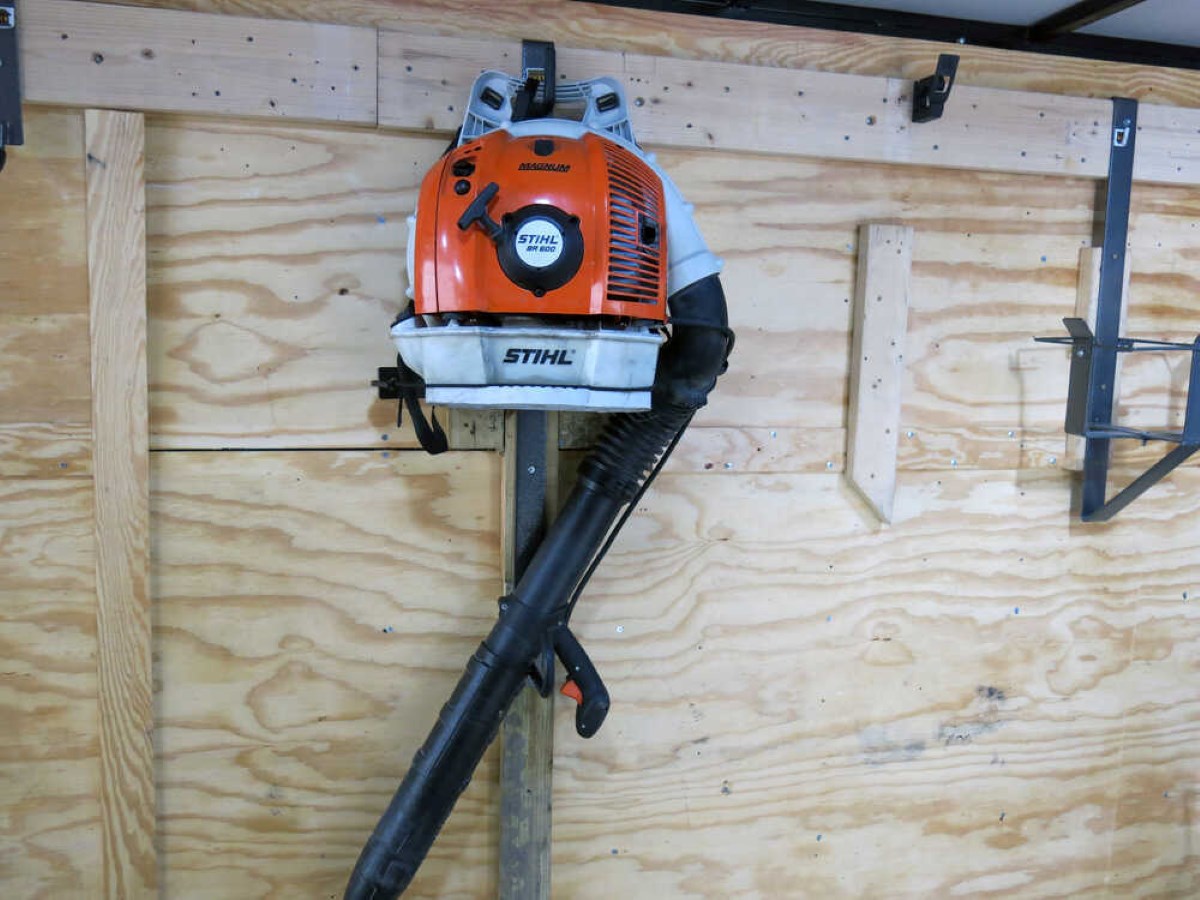
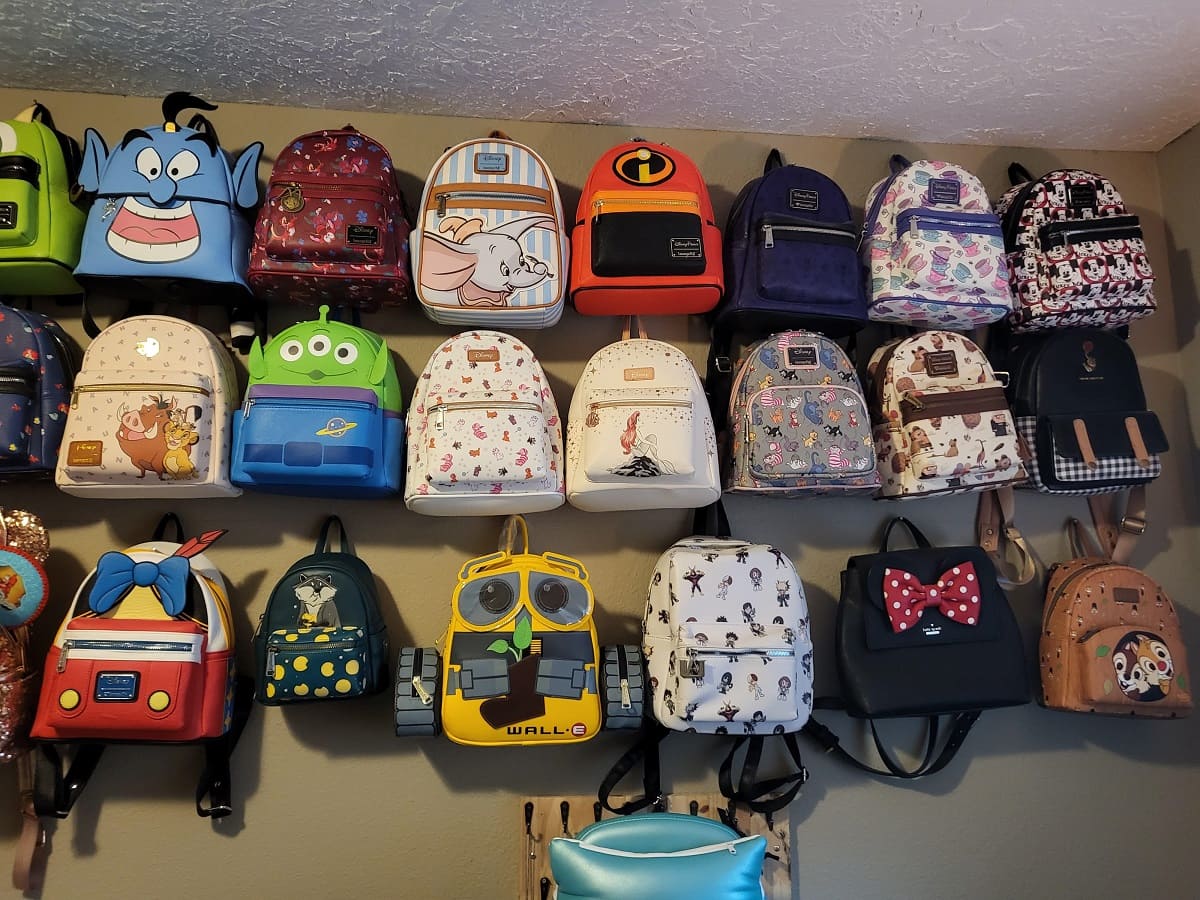
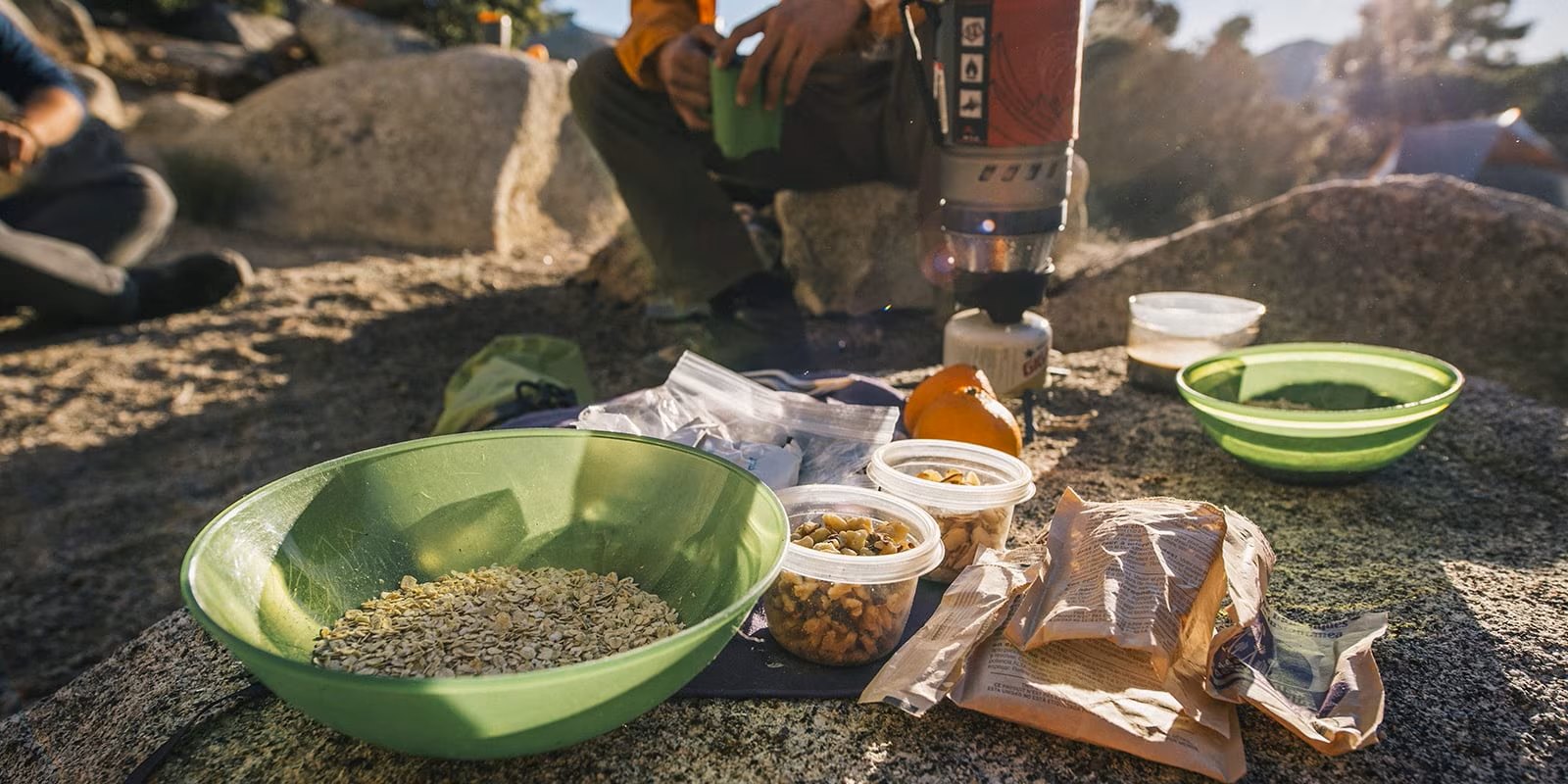
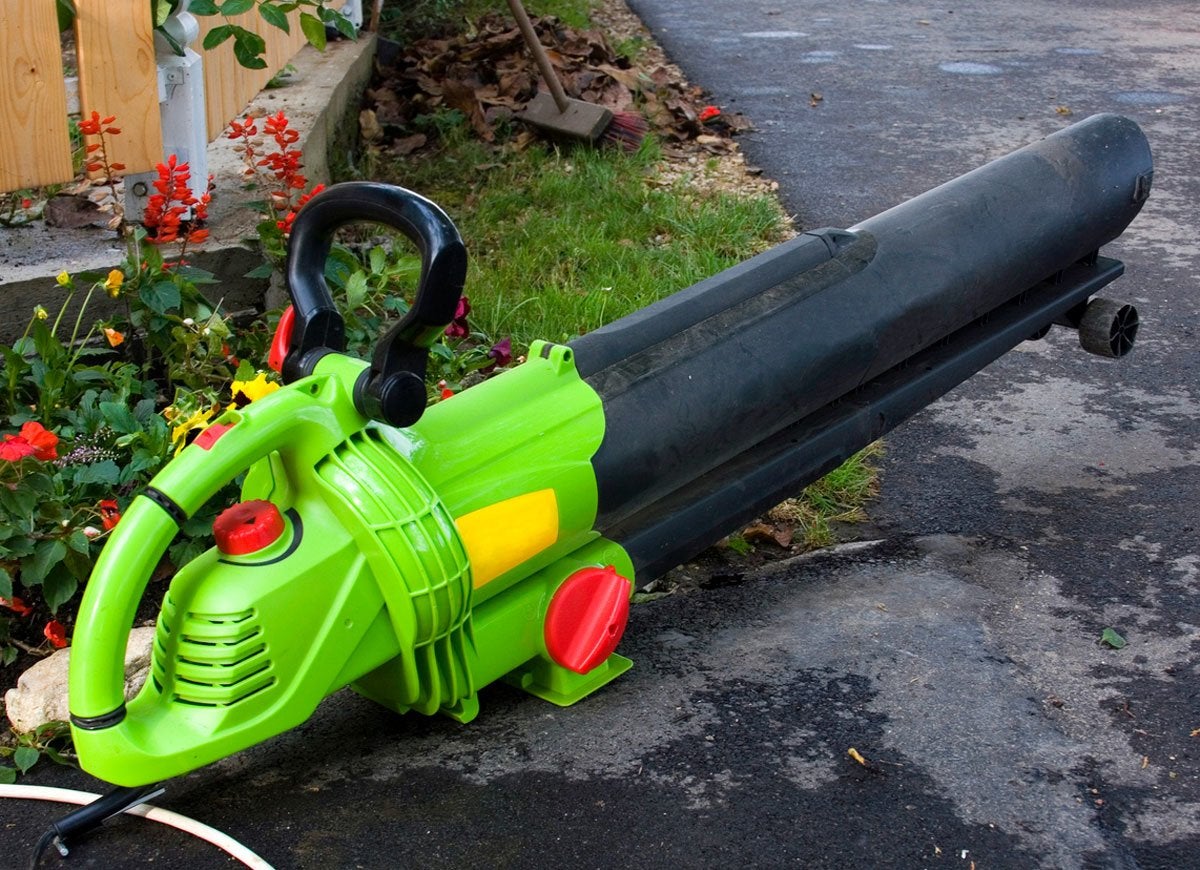
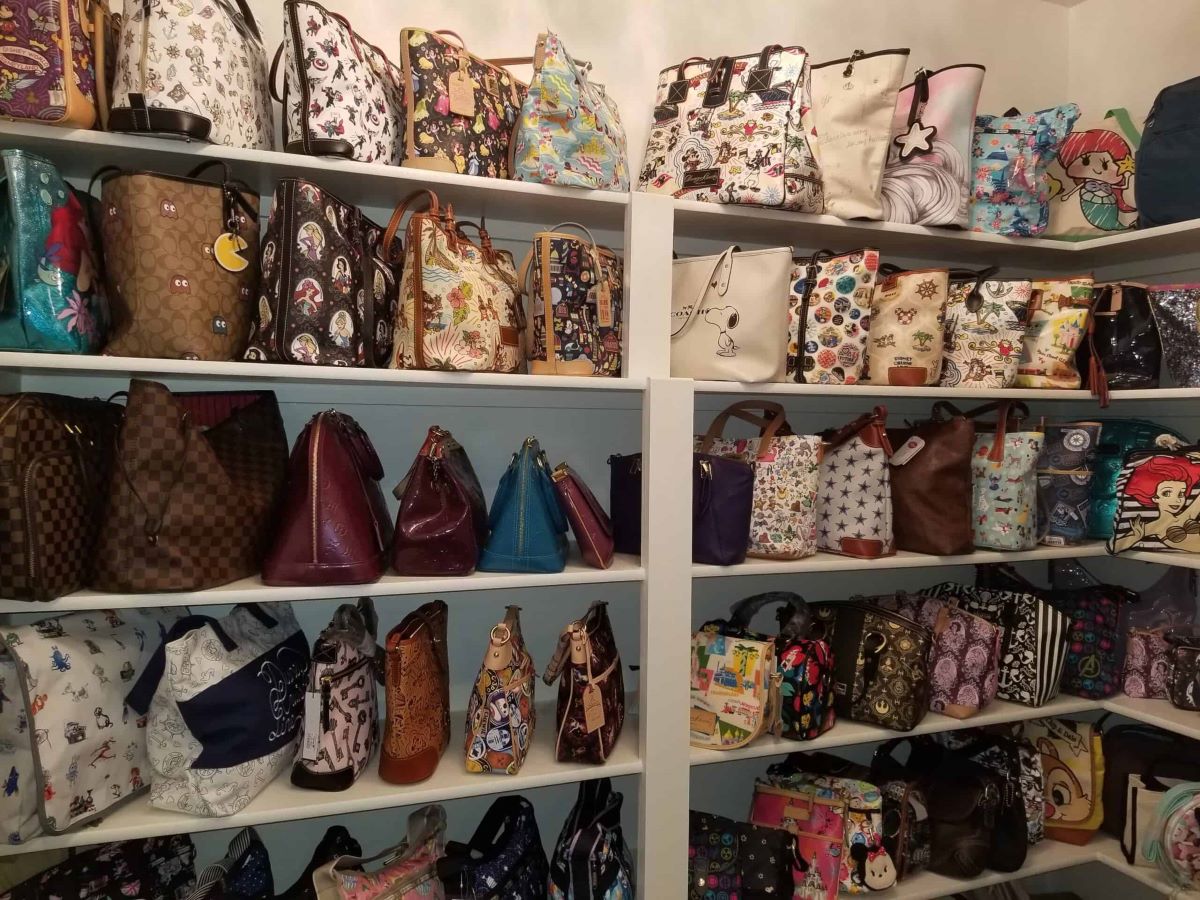

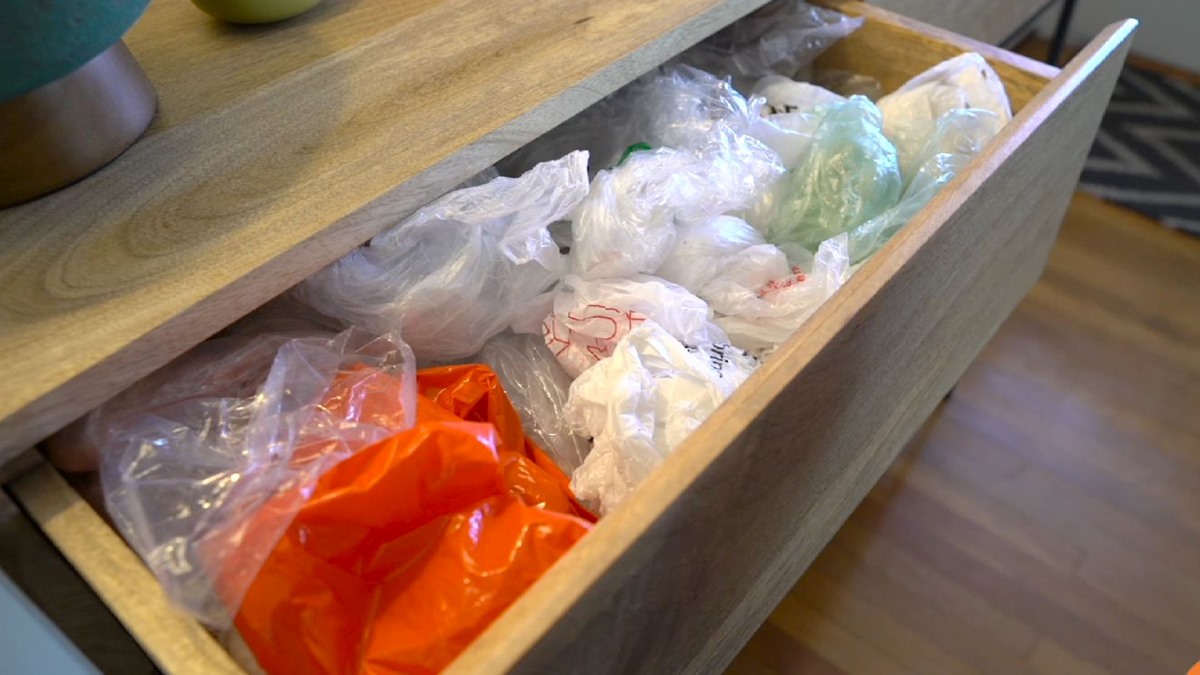
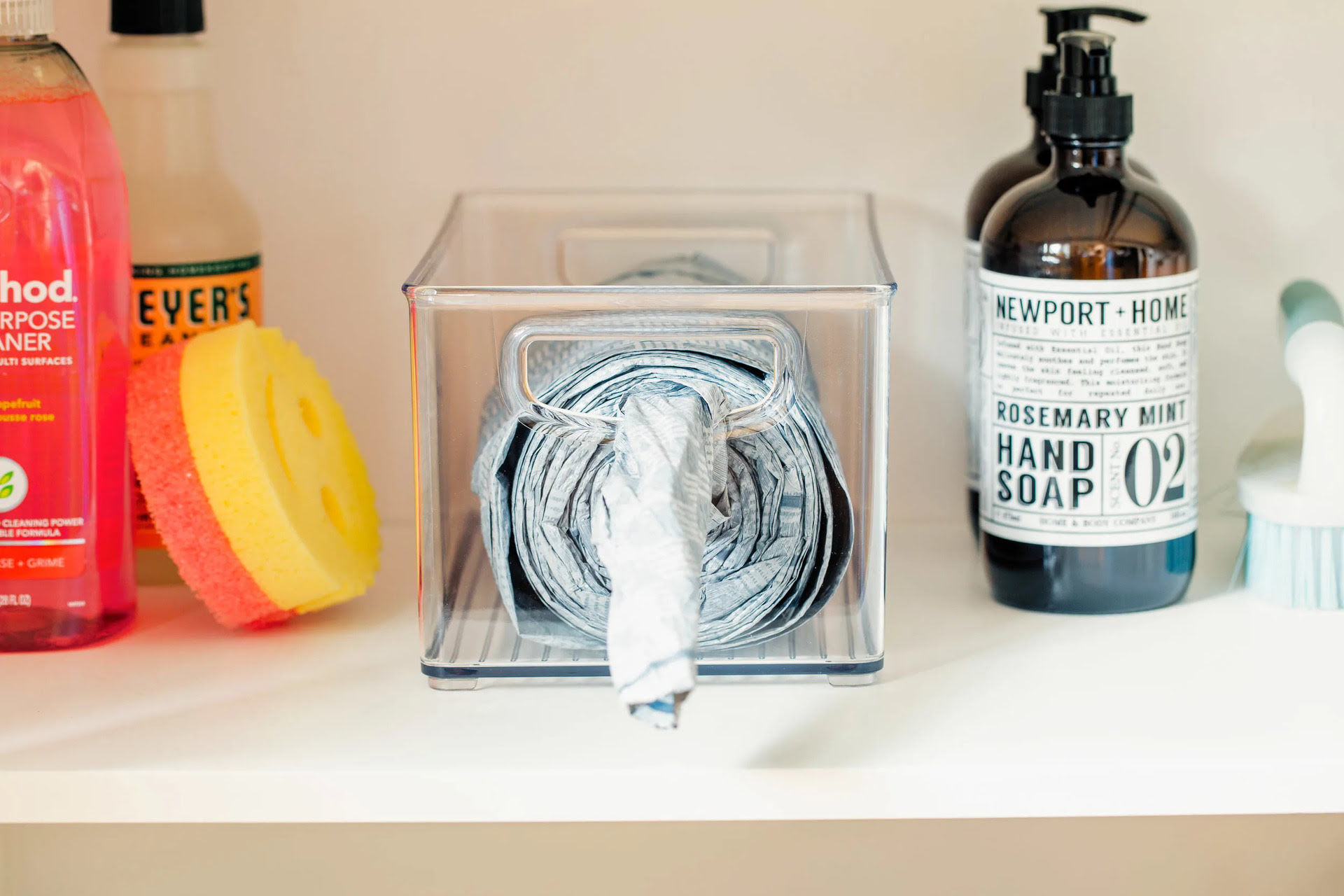
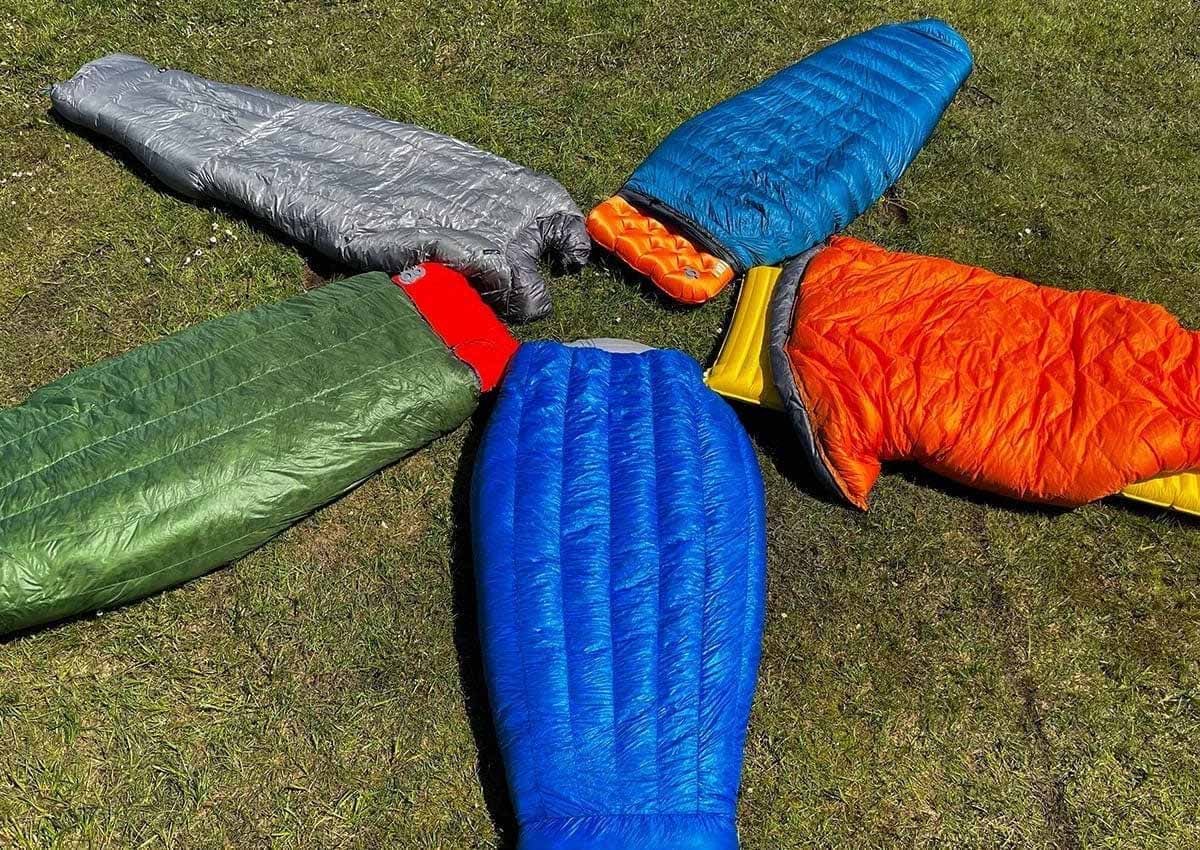
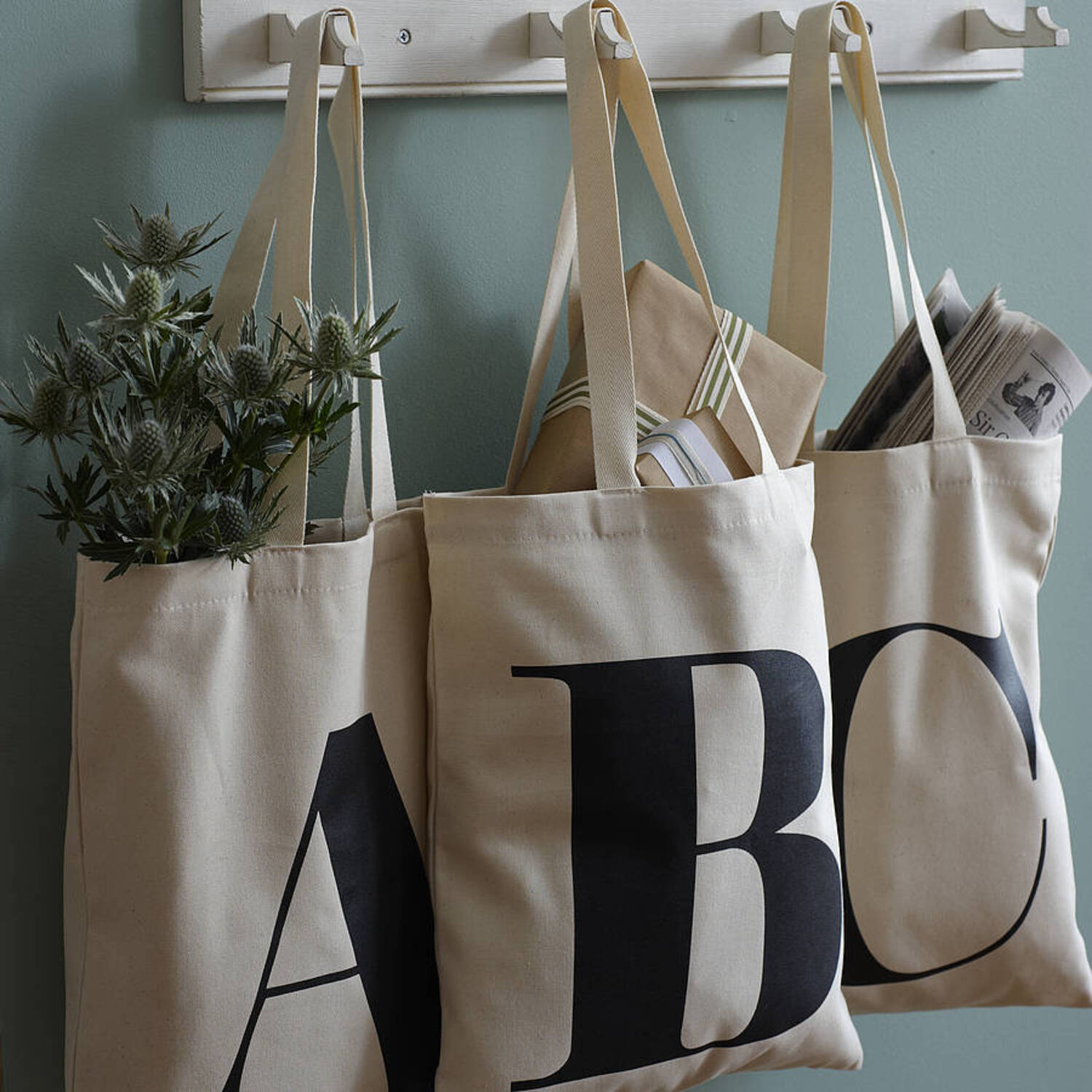
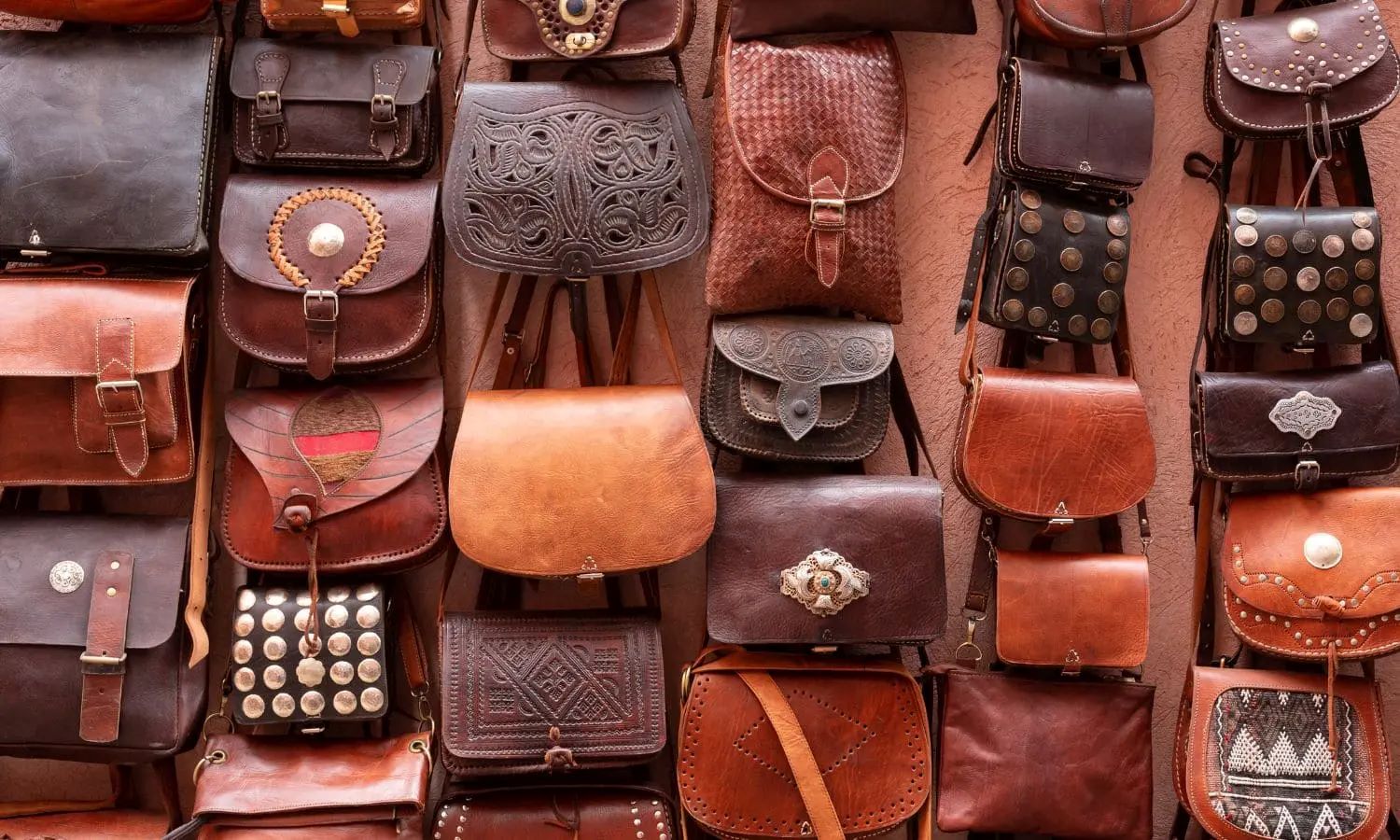
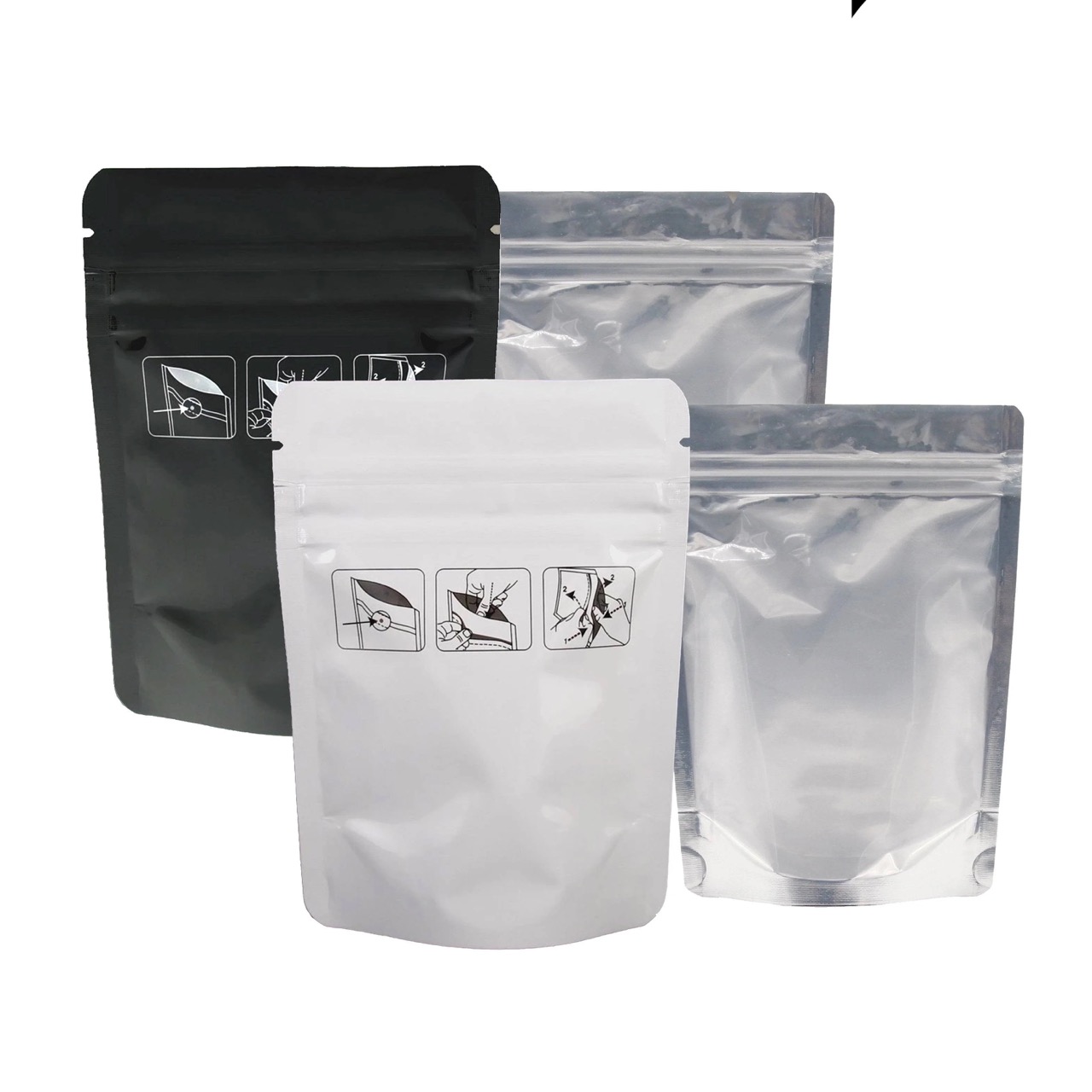

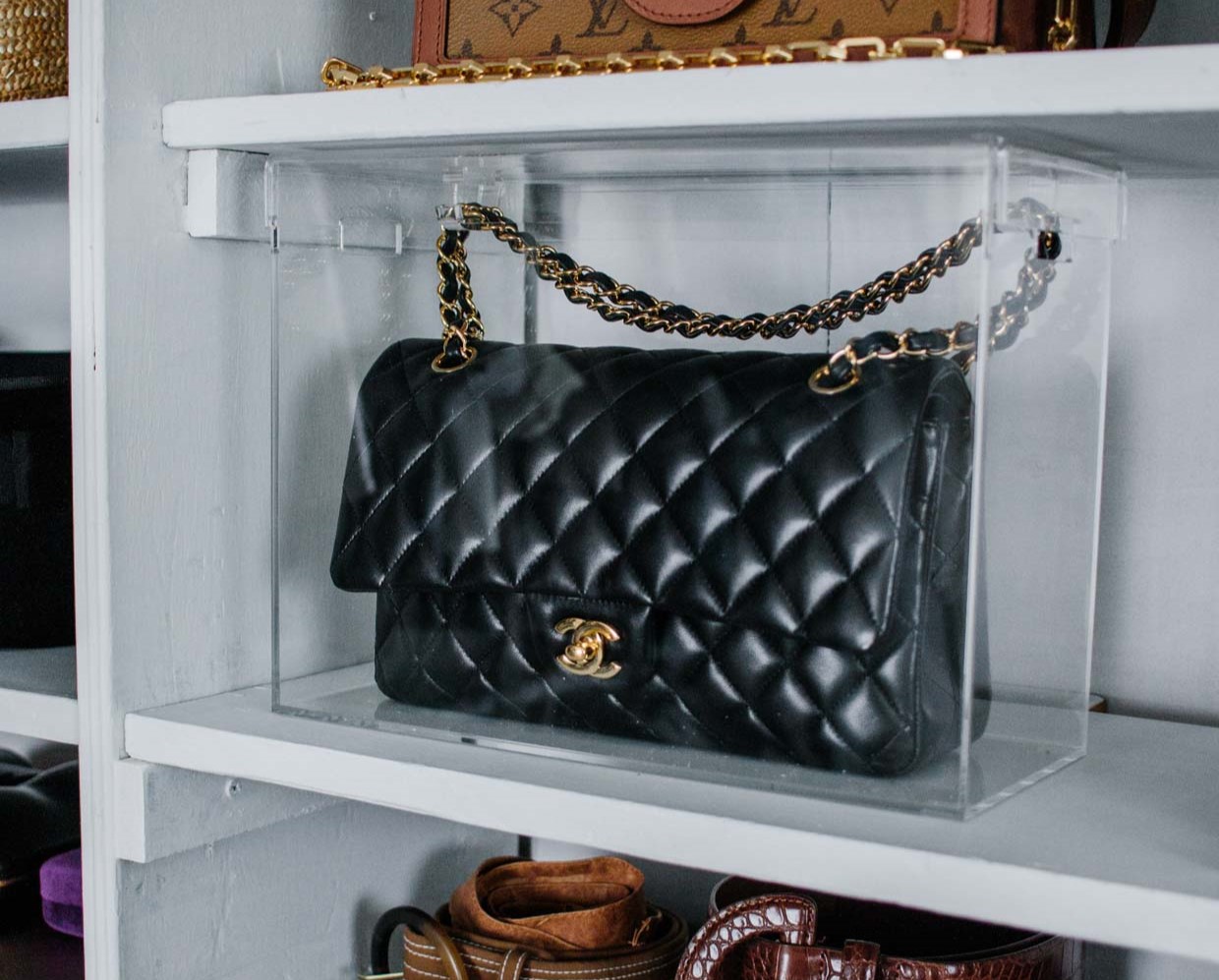

0 thoughts on “How To Store Bags And Backpacks”